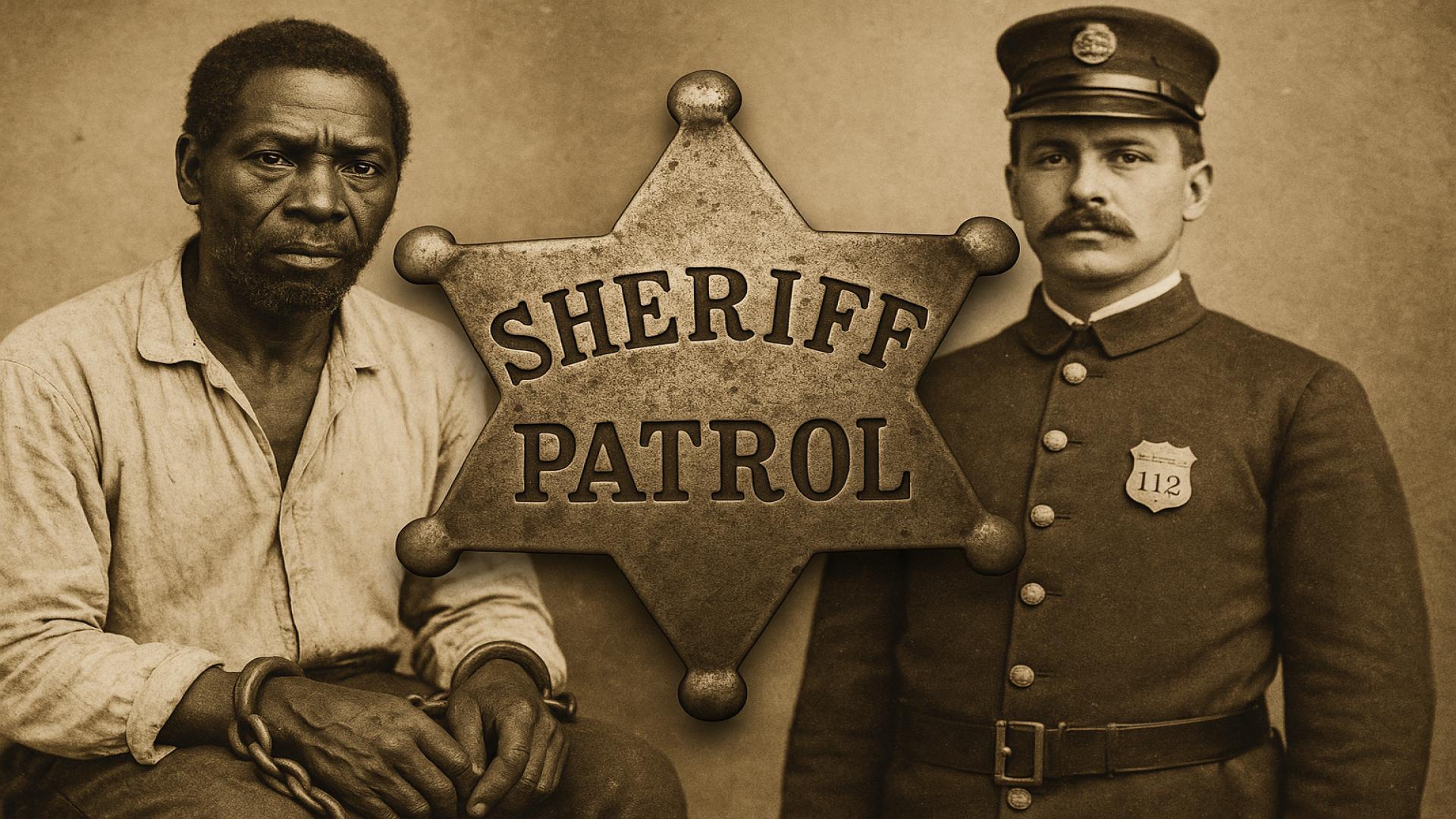1. Slave Patrols: The Earliest Form of Organized Policing

In the 18th century South, slave patrols emerged as one of the first forms of organized policing in America. These patrols were armed groups tasked with tracking, apprehending, and punishing enslaved people who tried to escape or rebel. Their main purpose was to maintain control over enslaved populations and deter any threats to the slave-based economy. Many of the tactics, structures, and even laws established by these patrols became foundational to early American law enforcement, as noted by Smithsonian Magazine.




















